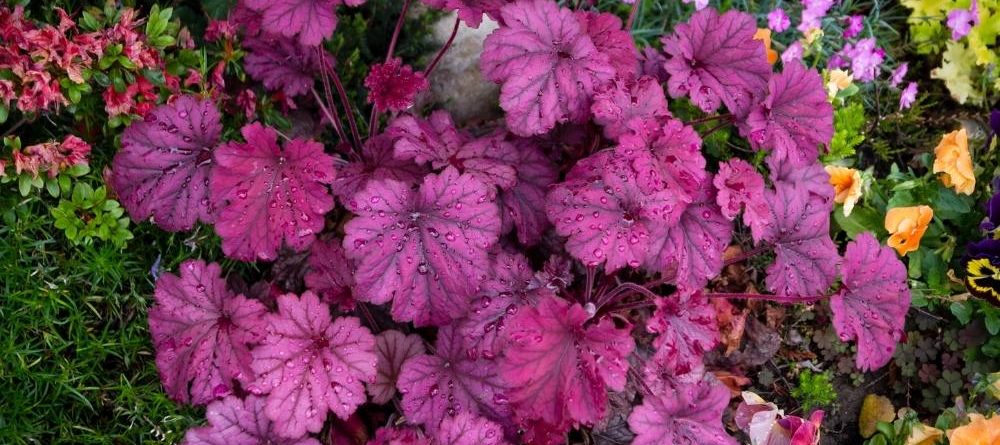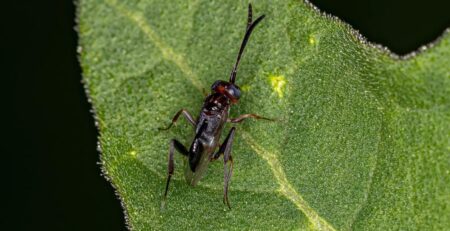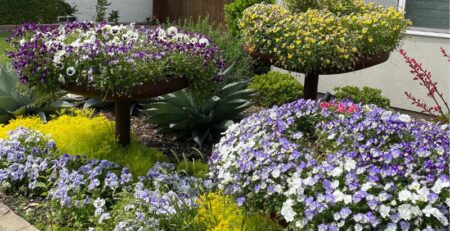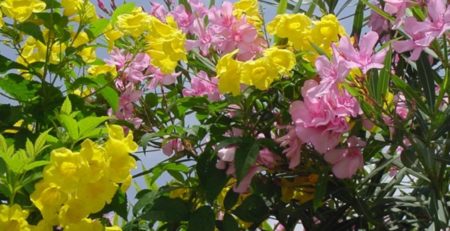If you can’t say Heuchera, just say Coral Bells
I pronounce it Hookuhra, but many struggle with the pronunciation (HEW-ker-ah). Even in garden centers, there are attendants who respond more quickly if I simply ask for coral bells. In some parts of the country, the plants are referred to as alumroot.
I began collecting these glorious shade loving beauties at least twenty years ago, and there isn’t a single year when I don’t purchase one or two. Some of them do not make it through the heat, humidity, and winter. These delightful, mounding, and generally somewhat low to the ground perennials are hardy in USDA Zones 4-9, but cannot handle full sun here in North Texas. Here they are great in morning sun and afternoon shade. There are some varieties, like the Dolce series, that have been bred to withstand heat. Dolce ‘Wildberry’ is one of the more popular burgundy cultivars in this series. If you are looking for something in green, Dolce ‘Apple Twist’ first emerges in spring with red tints, then turns chartreuse yellow in summer and apple green at maturity. Coral bell blooms appear early in the summer on strikingly attractive tall shoots that stand and sway far above the leaves, and are enjoyed by hummingbirds, bees, and butterflies. Deadheading regularly will encourage the flowers to repeat all summer.

When planting, place in a part shade location with well-draining organically rich soil. Too much sun can cause the color to become washed out. Heuchera like consistently moist soil but can tolerate some drought. Feed the plants in the spring with a half inch layer of compost or a light amount of slow-release fertilizer. Heuchera are light feeders and heavy or frequent applications of quick-release fertilizers will actually inhibit flowering. If growing in containers, the plants will benefit from moderate feeding with a water-soluble fertilizer, always following the label directions.
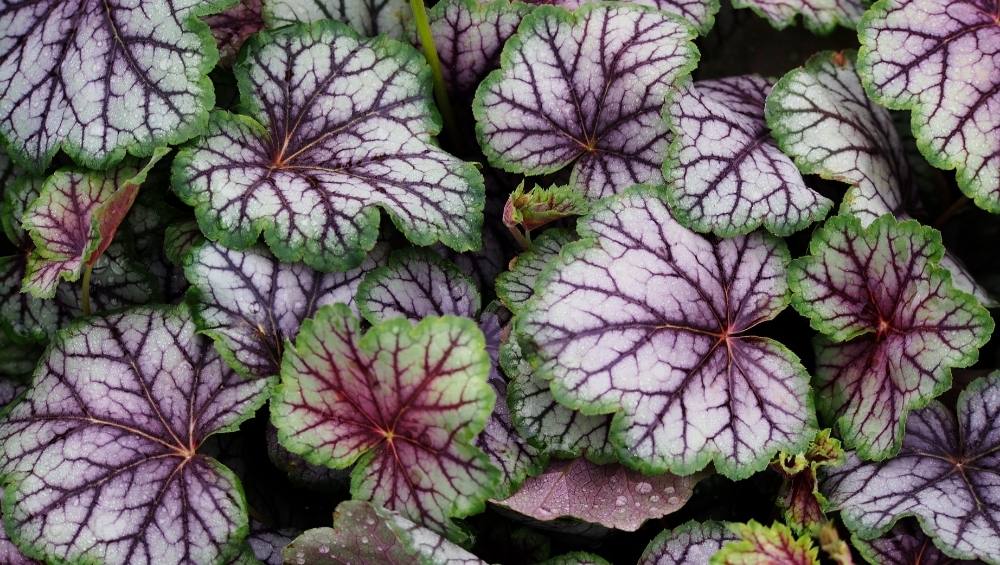
There are dozens of Heuchera varieties from which to choose, but the purples, burgundies and chartreuses are the ones that really stand out in the garden. A particular favorite of mine is a heat-tolerant villosa hybrid, Heuchera ‘Red Lightning’. It can be expected to reach a height of 18” and a width of 16” at maturity and the fantastic foliage is green to gold with striking red veins. Plant several of these together for high impact. One of the purple plants that is popular and usually available at garden centers is Heuchera ‘Plum Pudding’. This beauty has shimmering plum colored foliage with metallic silver highlights, and swaying above the leaves are sprays of tiny white flowers. It is evergreen in mild winter areas and will certainly enhance the perennial bed or woodland garden.
A similar color with a slightly larger leaf that I bought several years ago and have successfully divided is ‘Amethyst Myst’, but it seems scarce in the marketplace. I recently noticed one corner of my perennial bed only had plants in bright green and chartreuse, so seeing a need for contrast but unable to find ‘Amethyst Myst’, I bought and planted three Heuchera ‘Midnight Rose’ amidst the other plants. They are a very deep burgundy with shiny light pink spots and have small bell-shaped creamy white flowers on slender purple stems rising up to 24” above the leaves.
Coral bells require very little care. They do best in shade to part shade in fertile soil that remains damp but not soggy. They survive our winters, but sometimes freezes will cause the roots to heave above the surface, and it is best to dig them up, ruffle through the roots and replant at a proper depth. They can be propagated by seed or by division. In late spring or early summer search the base of the plant for side shoots and carefully dig underneath to collect a shoot that has roots. Plant in a pot or a new location and water regularly until established. Another way to divide is to dig up the entire coral bells clump in early spring and separate the roots into two or three sections and replant. They do not particularly flourish the first year after dividing, true to the adage of first year sleep, second year creep, and third year leap. Eventually they will be great and you have saved the high price of one-gallon plants at local garden centers. Some of the more popular varieties were priced at $29.95 at our finer garden center establishments this past spring, but they can be found for $10-$12 if one searches.
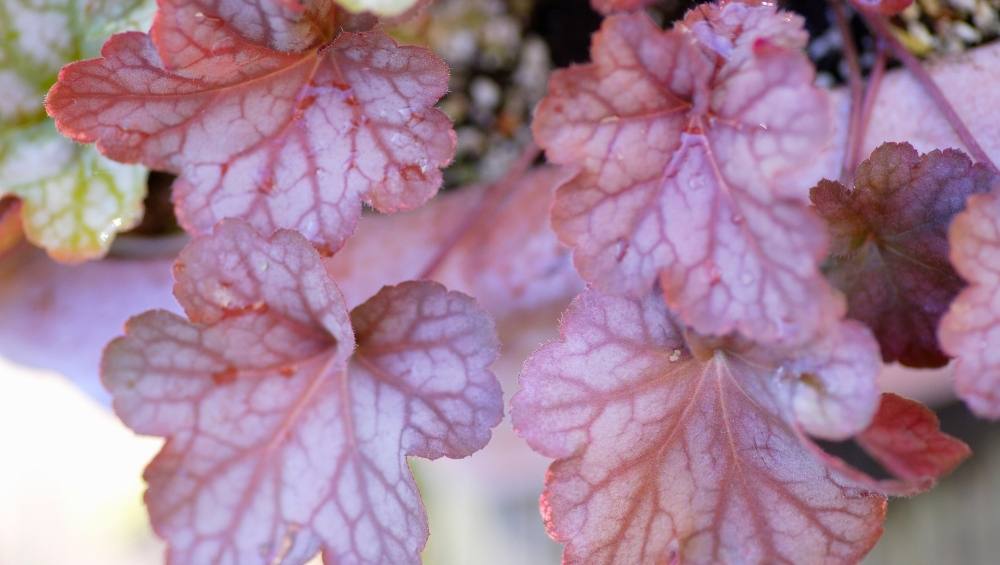
Coral bells are a wonderful plant for container gardens, perennial beds and woodland gardens. They are a great ground cover, and work well as edging alongside a garden path. If you have not yet added them to your shade garden, you might be missing out on something special, not only for you, but for the bees, butterflies, and hummingbirds.

